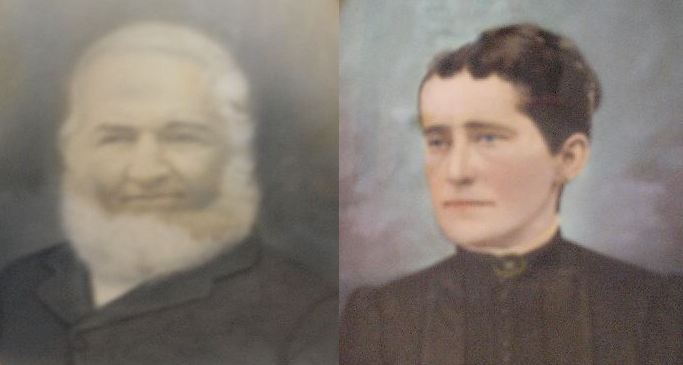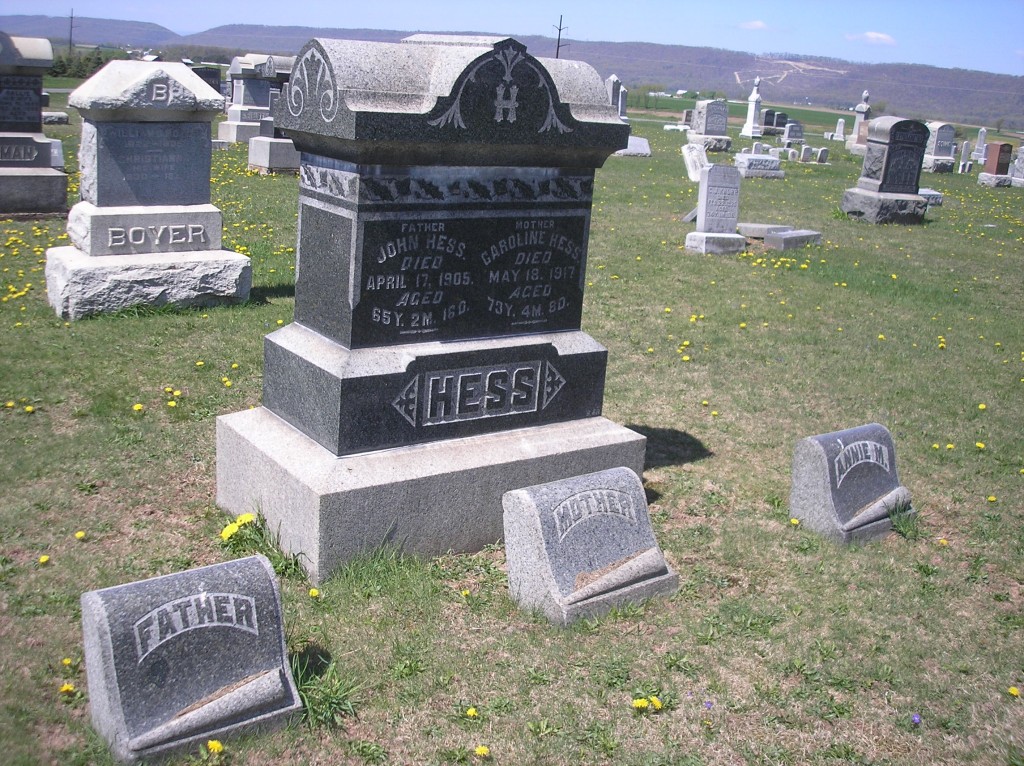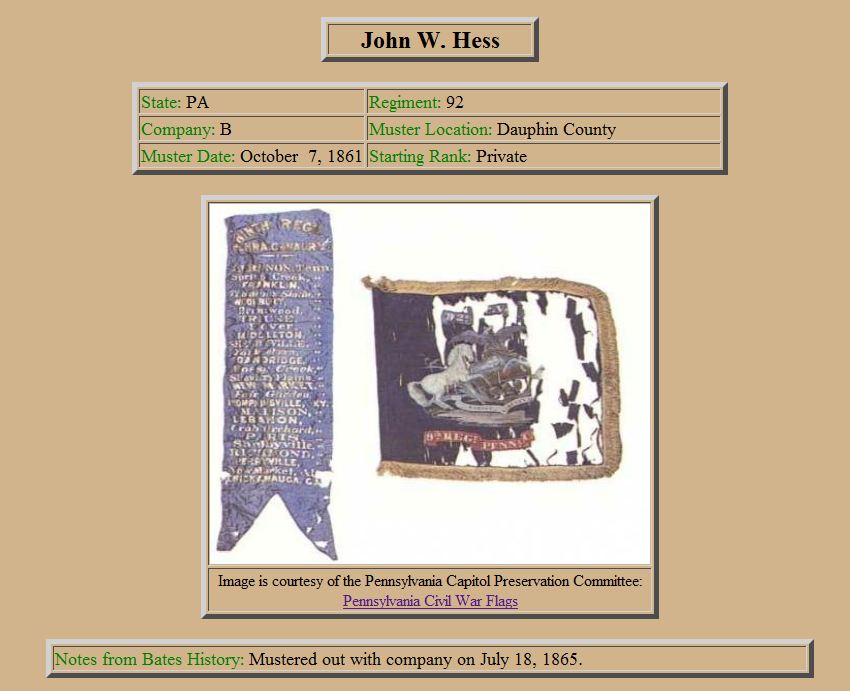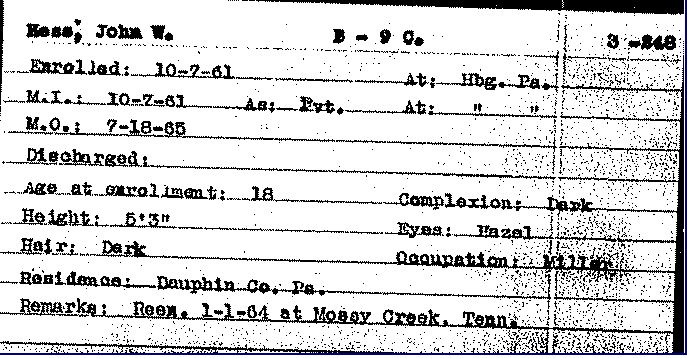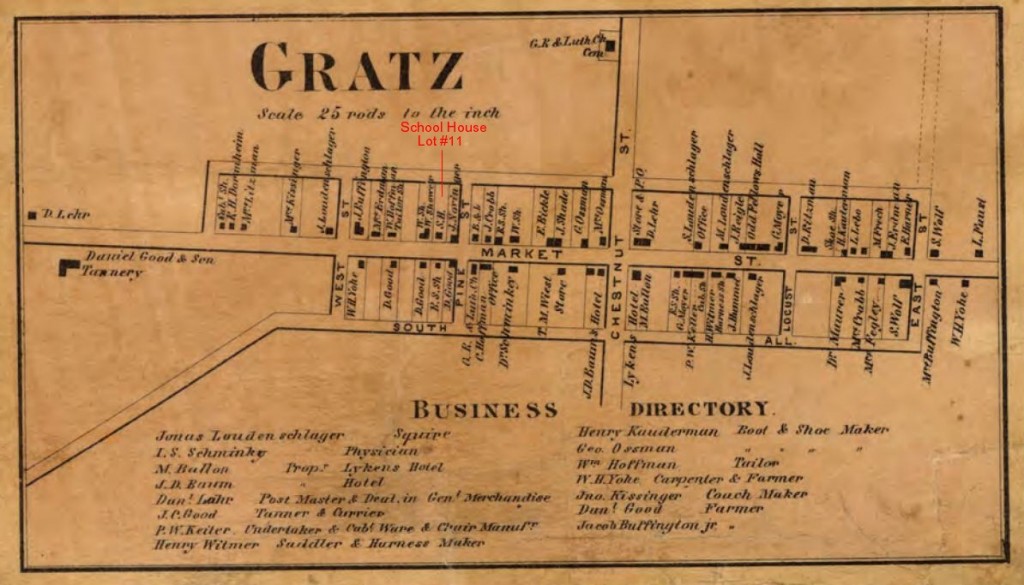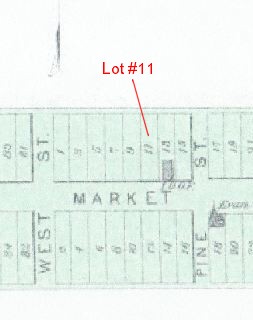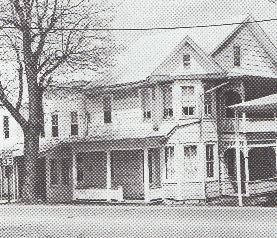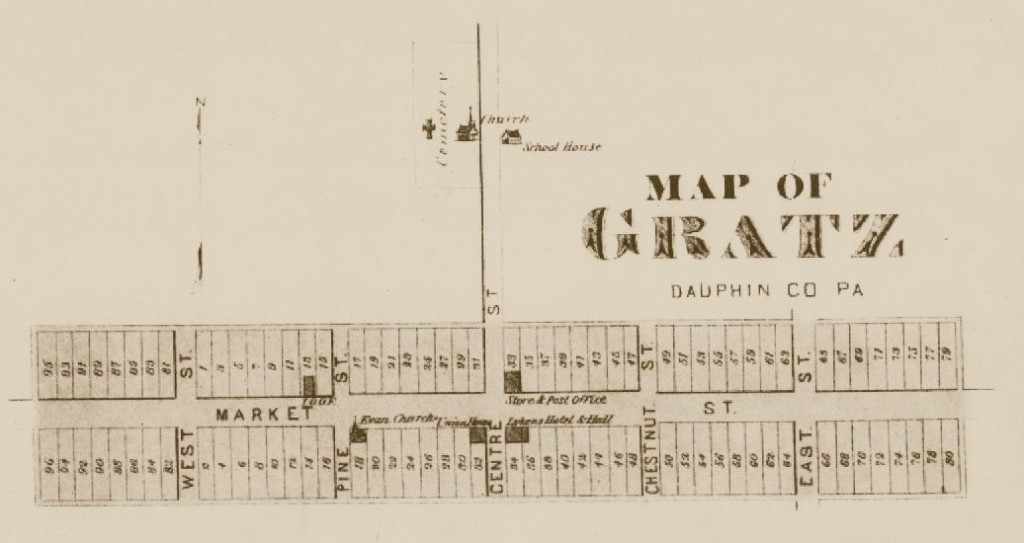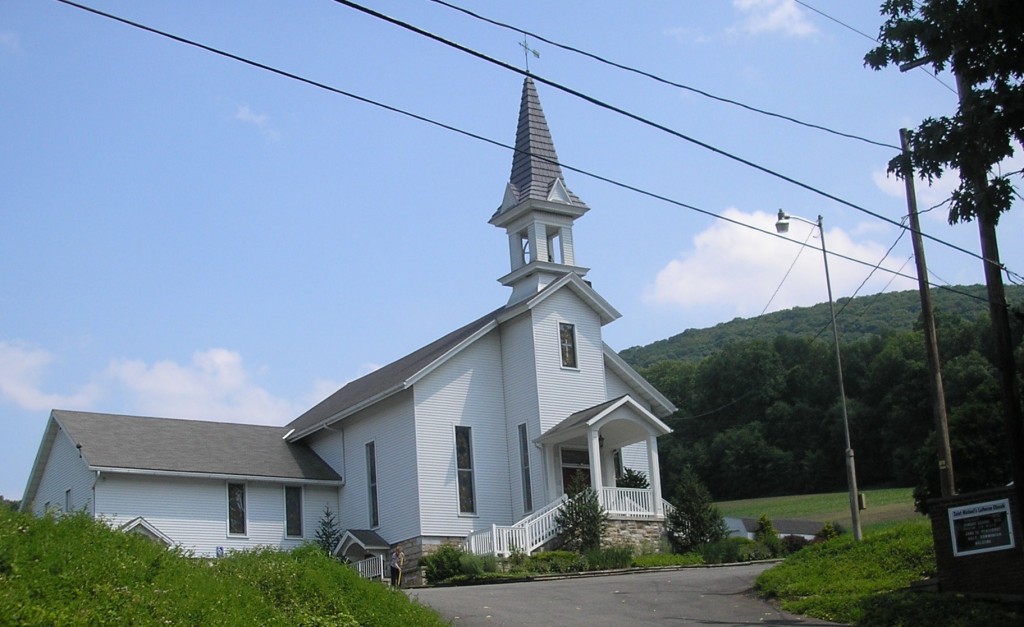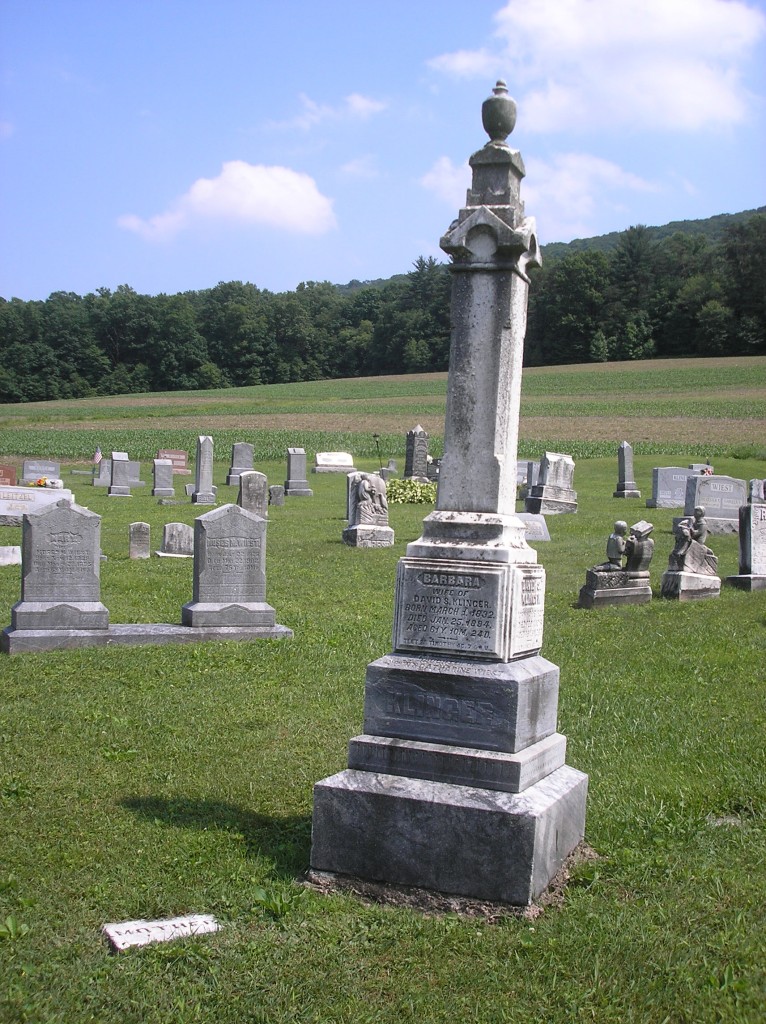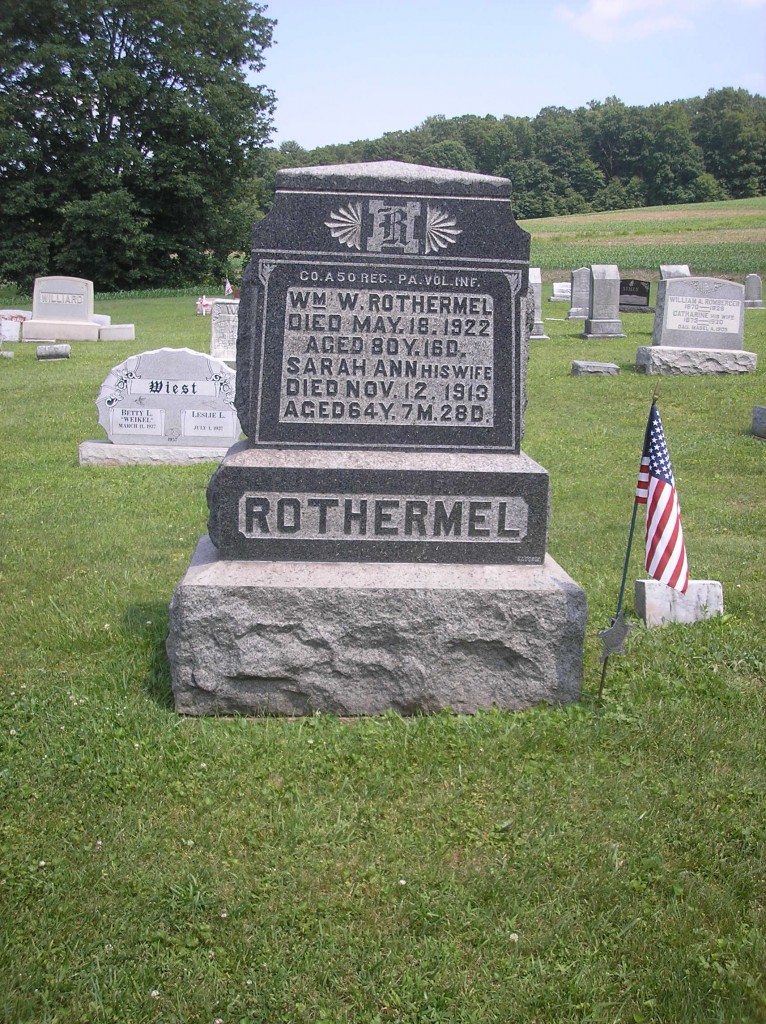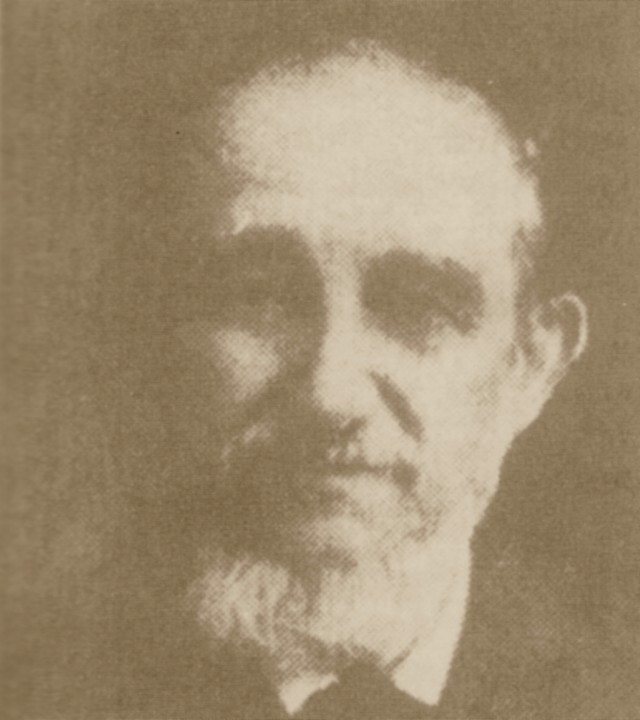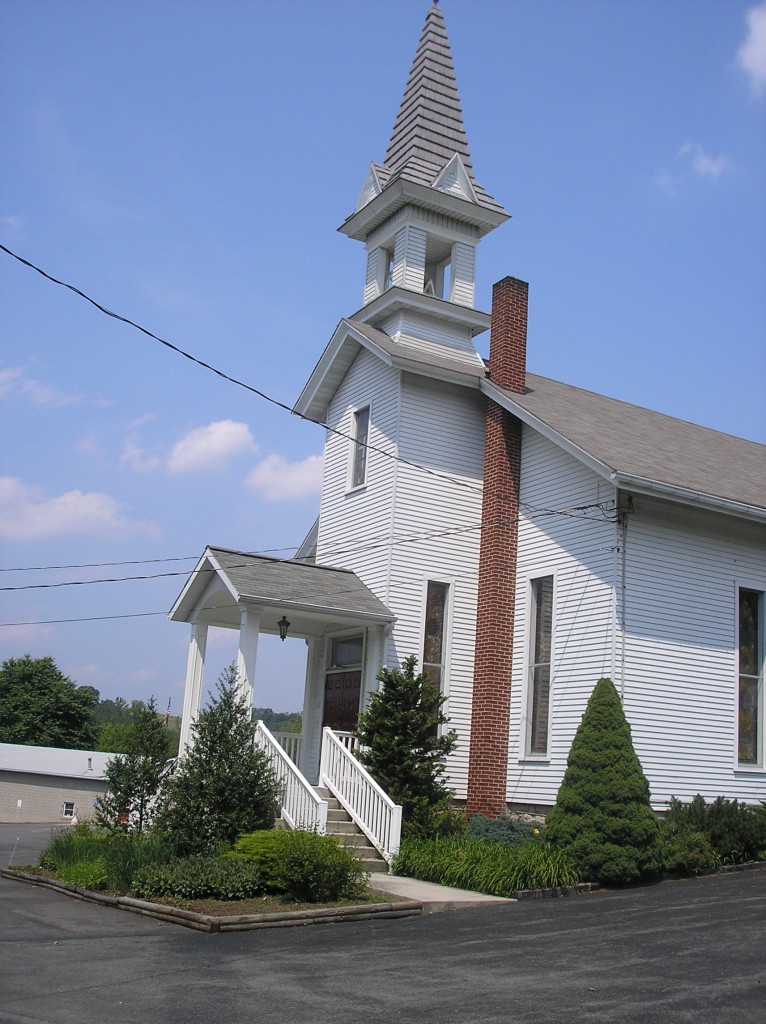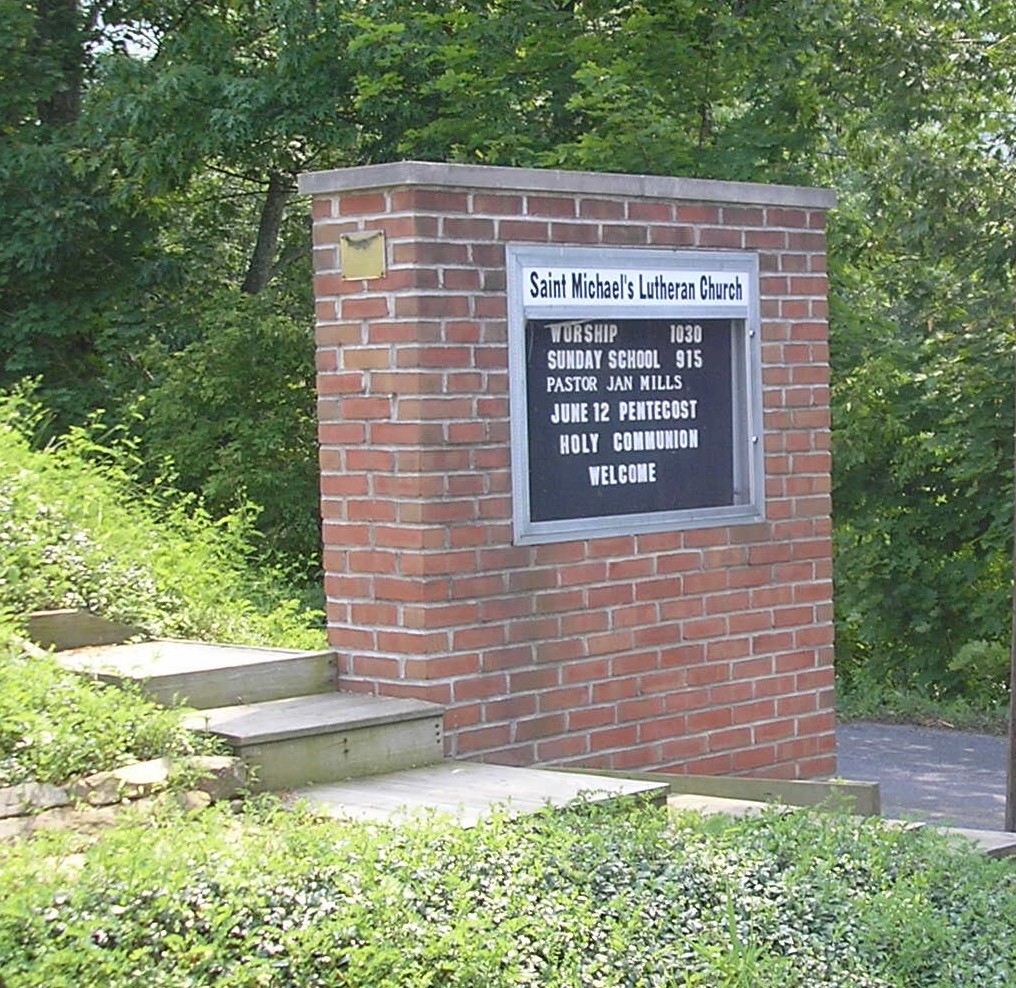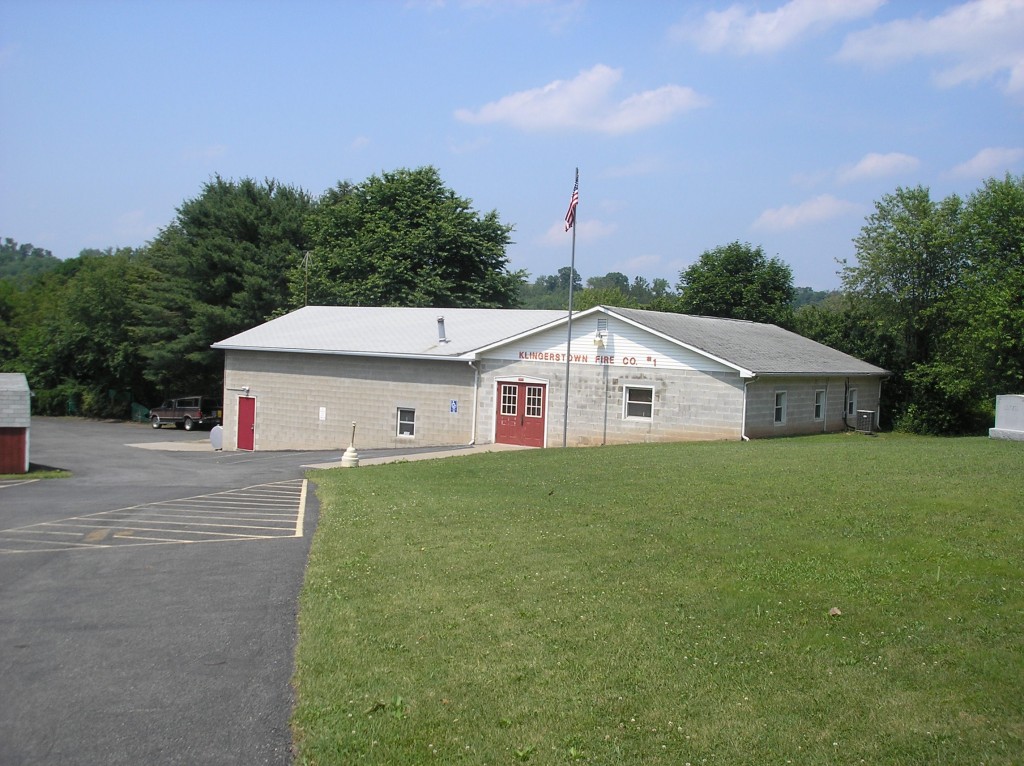Who is John Hess?
Posted By Norman Gasbarro on June 20, 2011
A recent donation of two large size portraits to the Gratz Historical Society has re-opened the question, “Who is John Hess?” Originally, the name of John Hess was added to the list of veterans from the Lykens Valley area because the name appears on the Millersburg Civil War Monument. Since no other John Hess was identified in the Lykens Valley, there was speculation that the John Hess in Lykens Township and the John Hess named on the monument were the same person. However, it appears now that they might not be the same person, and that the John Hess from Lykens Township did not serve in the Civil War.
The John Hess from Lykens Township was a registrant for the 1863 Civil War Draft, but no record has been found of Civil War service. Family records and cemetery records indicate a birth year of 1840 and death year of 1905. He is buried in Gratz Union Cemetery.
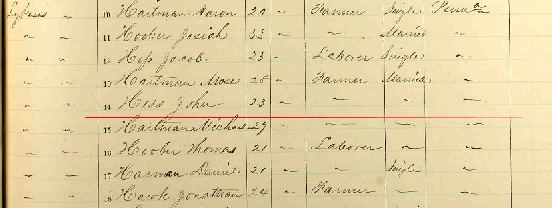
1863 Lykens Township Draft Registration for John Hess, age 23, a Farmer, Married, and born in Pennsylvania
In 1899, John Hess announced plans to build a house on Lot #34 in Gratz, the site of the former Lykens Hotel [the Lykens Hotel will be discussed in a future post on Civil War Gratz]. This project is described in A Comprehensive History of the Town of Gratz, pages 285-287. Some background information was given on John Hess, including that he had been a farmer in Lykens Township and had also operated a hotel in Pillow, Dauphin County, Pennsylvania. Because of the size house that Hess planned to build, some have speculated that he intended to operate the property as a hotel. Lot #34 is on the southeast corner of Market and Center Streets at the main intersection in Gratz. The house that was built there around 1900, a large Victorian, is still standing but is unoccupied.
This John Hess lived in Lykens Township in 1890, but his name was not found in the 1890 Veterans Census. No Pension Index Card was found for a John Hess with wife Caroline who died about twelve years after he did. Neither of these facts is sufficient to conclude that this John Hess did not serve in the Civil War, but no biographic information supports a contention that he did serve, no family record has been found showing Civil War service, and he is not included in a Gratz area Civil War veterans list. His grave is also not marked with a G.A.R. star-flag holder.
Returning to the Millersburg Civil War Monument, the name of John Hess is noted:
Since no Civil War record has been found for John Hess from Lykens Township, it must now be assumed that this is a different John Hess.
In examining Steve Maczuga’s “Pennsylvanian in the Civil War,” a database of Civil War soldiers and their regiments, 35 entries are found for persons named “John Hess.” One of these stands out in that the regiment and company was composed heavily of soldiers from the Lykens Valley area – that of the 9th Pennsylvania Cavalry, Company B. Previously, this “John W. Hess” has not been connected with any Lykens Valley area person, but the initial speculation was that the John Hess on the Millersburg Monument was the same person as the one living in Gratz and that this person served in the 9th Pennsylvania Cavalry. The Maczuga record is shown below:
One positive indication is that this John W. Hess had a muster location in Dauphin County. However, we know from other information that the company of this regiment was formed in Dauphin County and the enlistee could have been from anywhere – including from another state.
Next, turning to the Pennsylvania Archives, the Pennsylvania Veterans’ Card File is examined.
From the card is is learned that John W. Hess was born around 1843 (he was 18 when he enrolled in 1861). His occupation was miller. His residence was Dauphin County. It now appears that this is a different John Hess than the one in Lykens Township and Gratz. More information is still needed to determine for certain that it is a different person. If it is a different person, then this John W. Hess will have to be connected to the Millersburg area to bring more certainty to any conclusion that he is the person named on the Millersburg Monument. Curiously, the John W. Hess who served in the 9th Pennsylvania Cavalry has not been located in the 1890 Veterans Census nor has a Pension Index Card been located for him.
These questions and research associated with any veteran of the Civil War point out the problems in getting accurate and complete information. Much information is still out there in the hands of family members who have not yet understood the value of sharing it in order to develop more knowledge about their ancestors. The portraits of John and Caroline Hess that were recently donated to the Gratz Historical Society had not been seen before at the Society and the John Hess portrayed, who was born in 1840, was assumed to be the Civil War soldier. That now might not be the case – and there is likely another John Hess who now must be researched – one who did serve in the Civil War.
 ;
;
